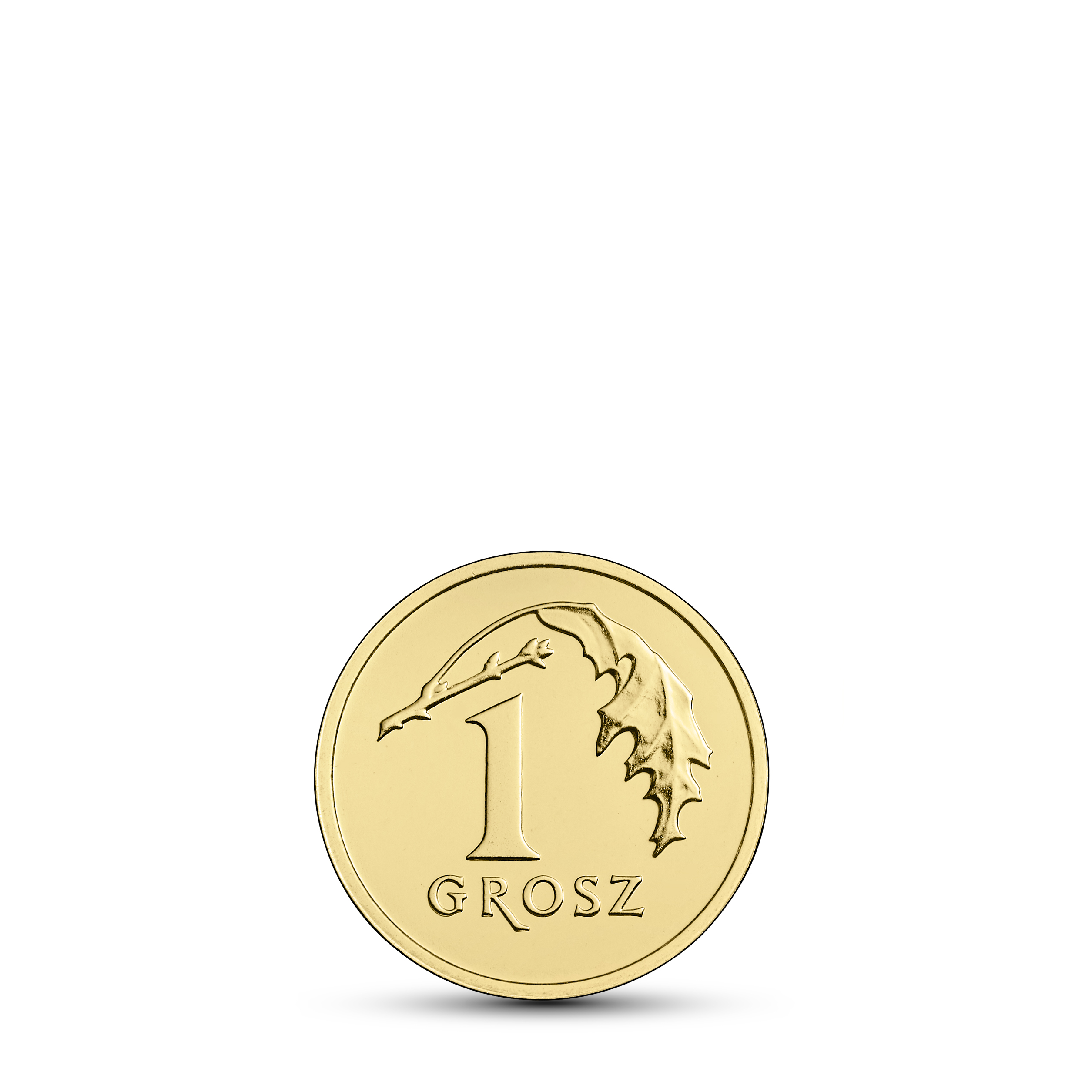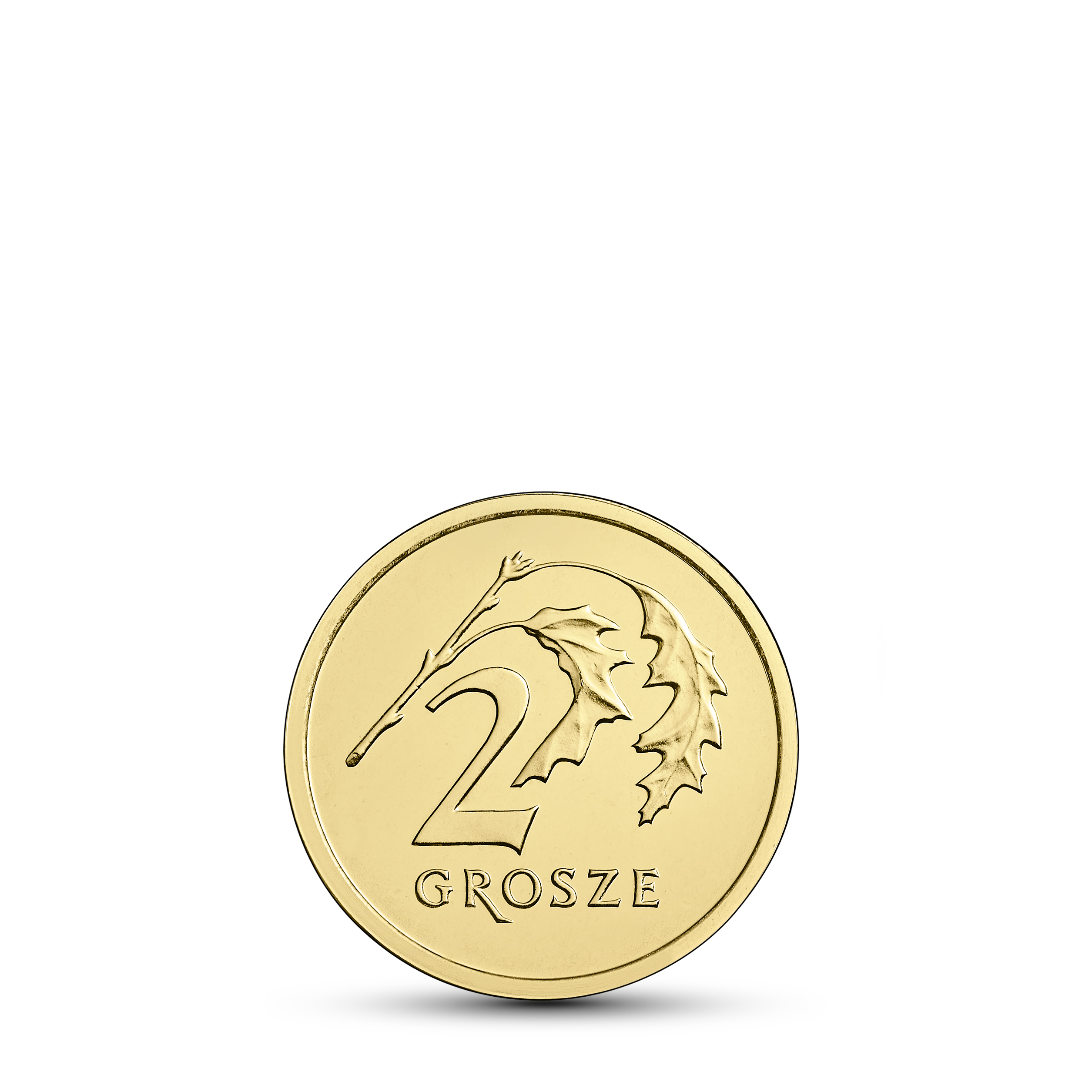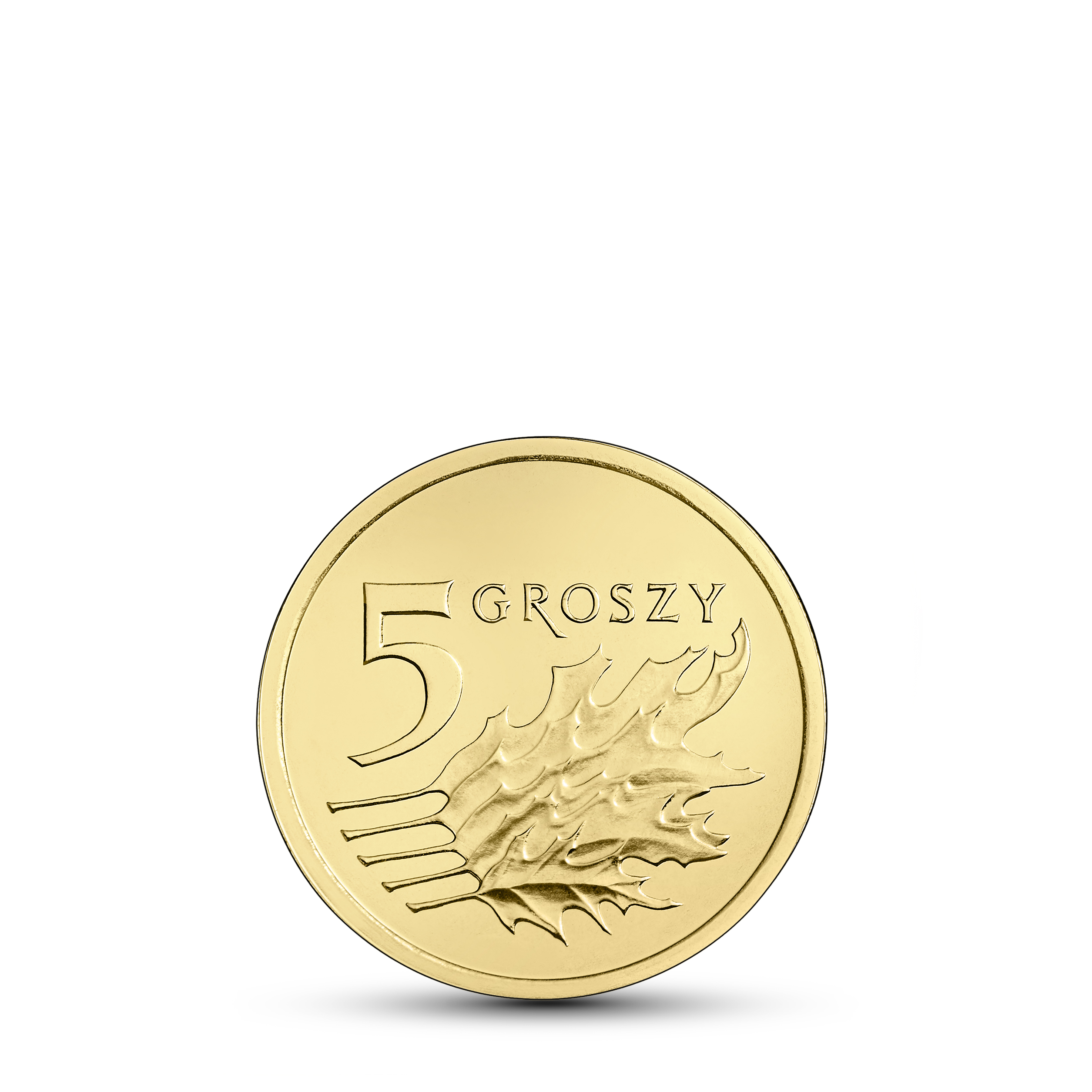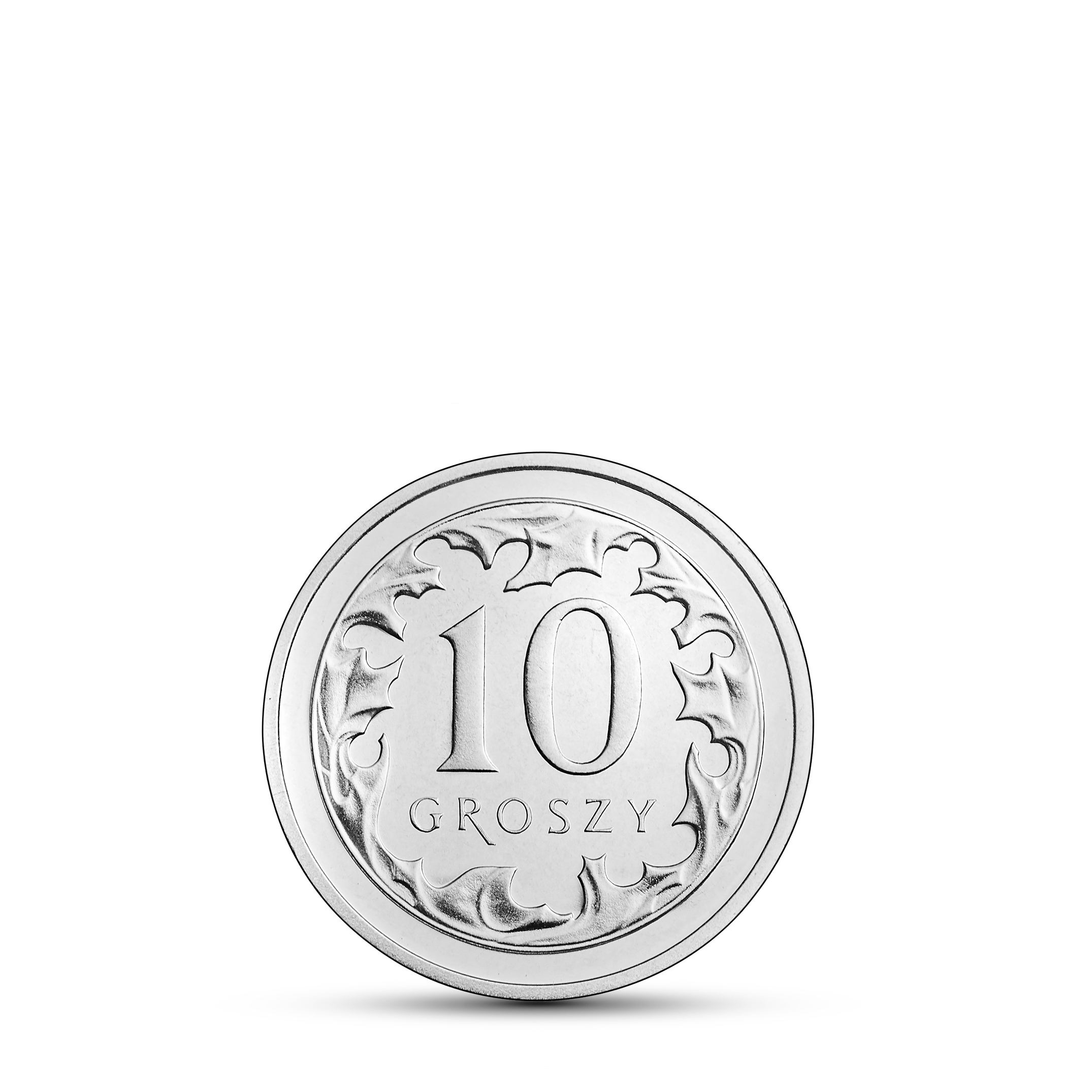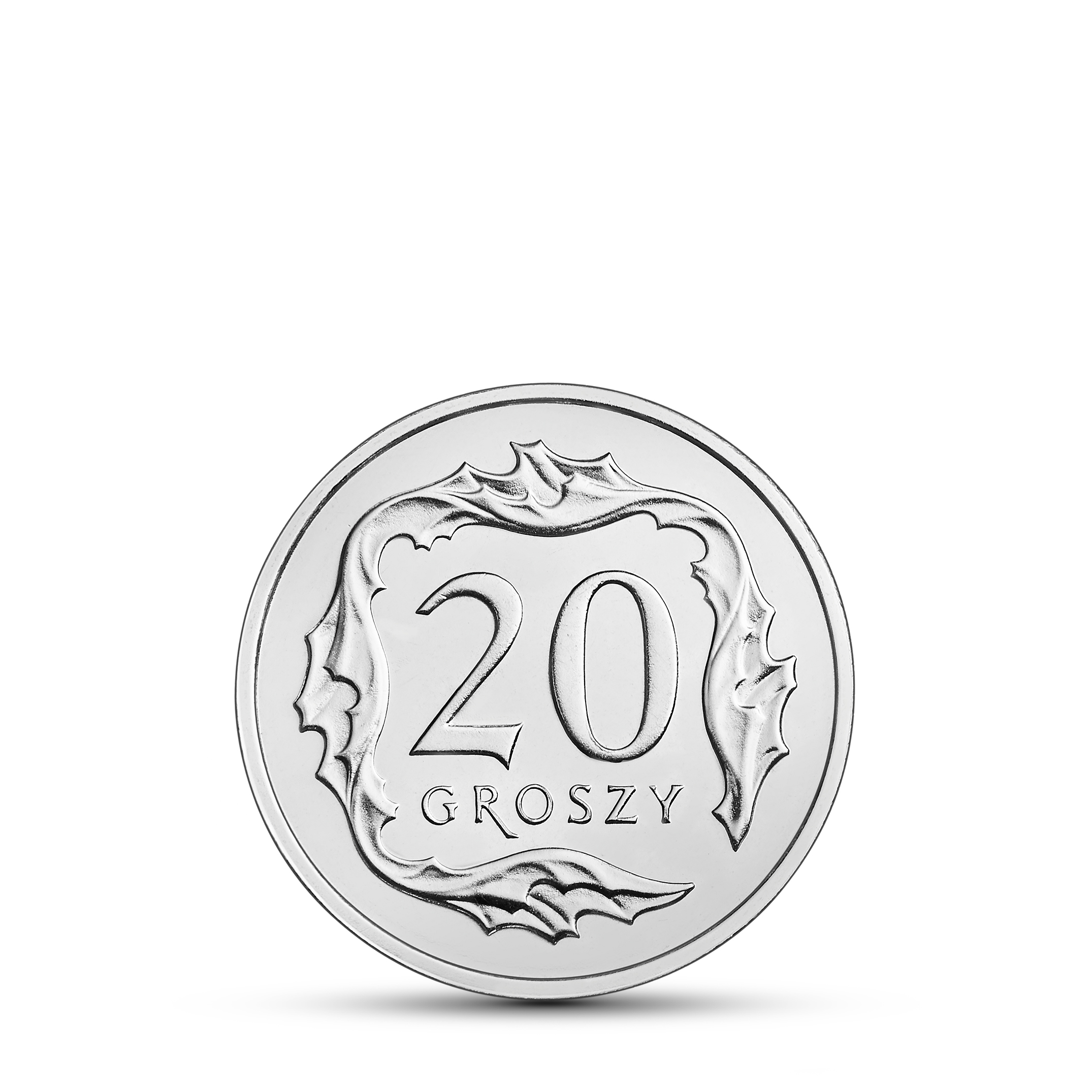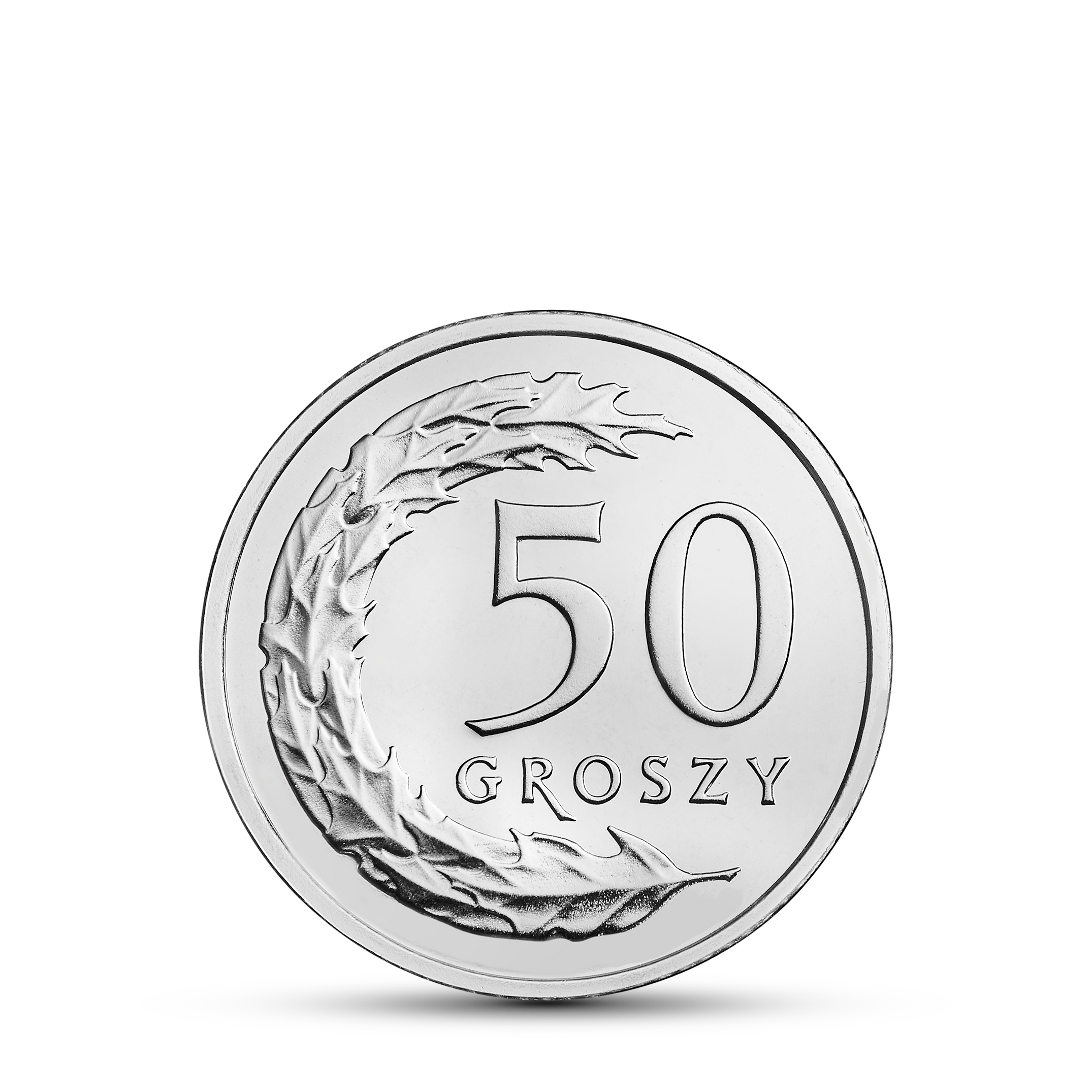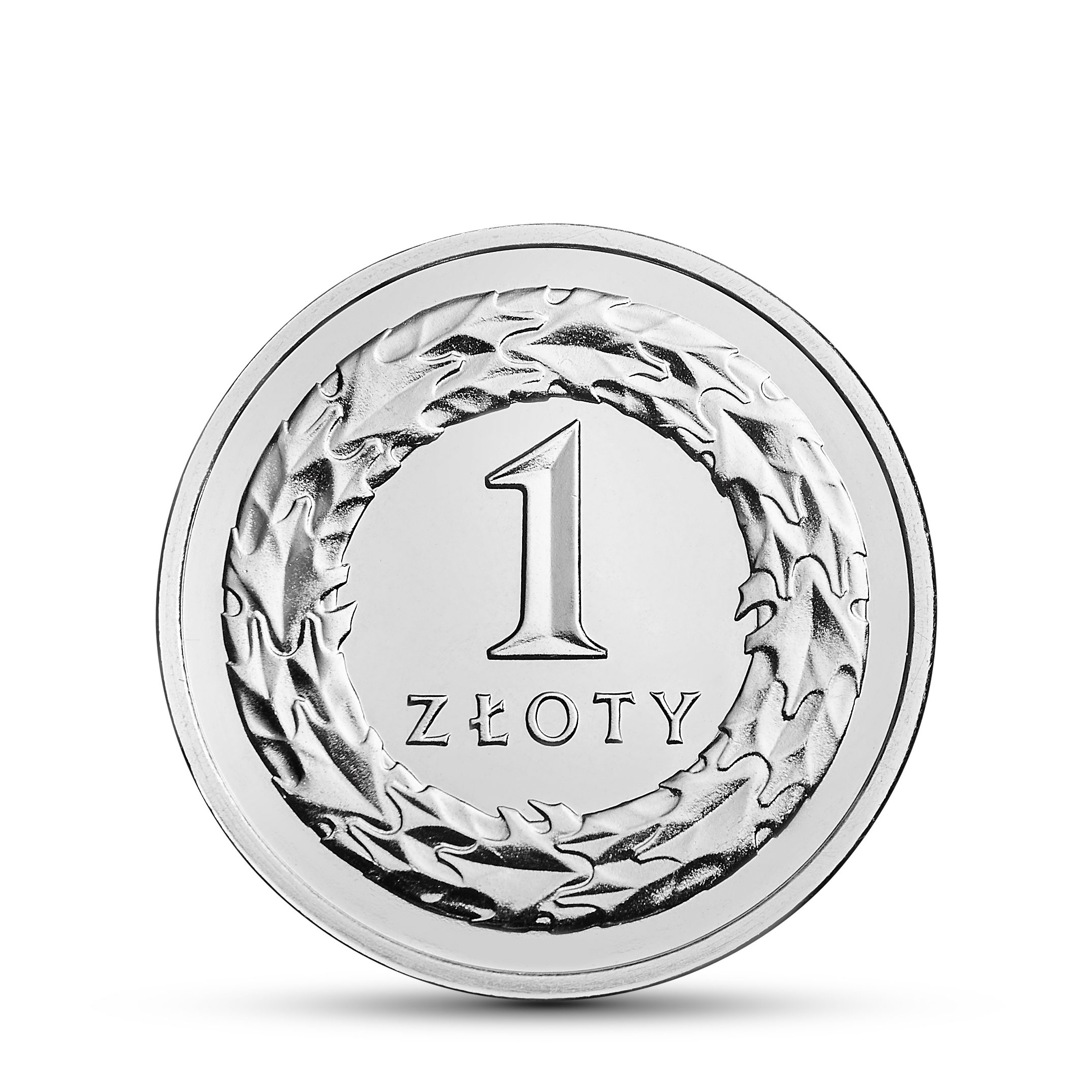Coins issued by NBP
Banknotes and coins denominated in złoty and grosz issued by Narodowy Bank Polski are legal tender on the territory of the Republic of PolandBanknotes and coins denominated in złoty and grosz issued by Narodowy Bank Polski are legal tender on the territory of the Republic of Poland
Pursuant to Article 31-33 of the Act of 29 August 1997 on Narodowy Bank Polski, banknotes and coins denominated in złoty and grosz issued by Narodowy Bank Polski are legal tender on the territory of the Republic of Poland. The design and nominal value of banknotes, the design, nominal values, the alloy, finesse and weight of coins, as well as their volume of issue and dates for putting them into circulation are determined by the Governor of NBP by means of an ordinance.
Narodowy Bank Polski puts into circulation coins of nine denominations:
- 1 grosz
- 2 grosz
- 5 grosz
- 10 grosz
- 20 grosz
- 50 grosz
- 1 złoty
- 2 złoty
- 5 złoty
On 1 January 1995, pursuant to the ordinance of the Governor of NBP, coins of nine denominations were put into circulation: 1, 2, 5, 10, 20, 50 grosz, and 1, 2 and 5 złoty.
The obverse of the coins features the image of the eagle established as the state emblem of the Republic of Poland. Under the eagle, there is a notation of the year of issue, which is the actual year when the coin was struck, and an inscription RZECZPOSPOLITA POLSKA (Republic of Poland) along the rim.
The reverse features digits denoting the nominal value of the coin, below which there is the name of the monetary unit and an ornament of oak leaves – different for each denomination.
The coins put into circulation by means of the above-mentioned ordinance vary in composition depending on their denomination:
- 1, 2 and 5 grosz coins are made from manganese brass (MM59),
- 10, 20 and 50 grosz coins and 1 złoty coins are made from cupronickel (MN25),
- 2 and 5 złoty coins are made from cupronickel (the core of the 2 złoty coin and the ring of the 5 złoty coin) and from aluminium bronze (the core of the 5 złoty coin and the ring of the 2 złoty coin).
Depending on the nominal value of the coins, their edges are milled (1 grosz, 20 grosz, 50 grosz), plain (2 grosz, 2 złoty), interrupted milled (5 grosz, 10 grosz, 1 złoty) or irregularly milled (5 złoty).
On 3 March 2014, Narodowy Bank Polski put into circulation new designs of general circulation coins of 1 grosz, 2 grosz, and 5 grosz denominations. A new common image was designed for the obverse. The image of the eagle established as the state emblem of the Republic of Poland was placed in the central part, and a semi-circular inscription RZECZPOSPOLITA POLSKA from left to right was placed below the eagle. Along the rim, there are stylised rings intersecting in the upper part and separated by the notation of the year of issue in the bottom part of the coin. The material used to produce these coins was brass-plated steel. The image of the reverse did not change.
In 2017, Narodowy Bank Polski introduced into general circulation coins with the denominations of 1 grosz, 2 grosz and 5 grosz (1 January 2017), 10 grosz (15 February 2017), 20 grosz and 50 grosz (23 January 2017), and 1 złoty (20 February 2017) with the same image of the obverse as in 1 grosz, 2 grosz and 5 grosz coins put into circulation in 2014.
On 2 January 2020, Narodowy Bank Polski put into circulation 10 grosz, 20 grosz, 50 grosz and 1 złoty coins made from copper and nickel-plated steel. The image, edge, diameter and weight of the coins did not change.
The coins which are currently in circulation remain legal tender and will stay in circulation along with the new coins.
Narodowy Bank Polski also issues commemorative coins to commemorate important events, eminent people or historical anniversaries related, among others, to the world of art, culture, science, nature and sport. In April 2014, NBP ended the issue of 2 złoty coins made from Nordic Gold (CuAl5Zn5Sn1). Since May 2014, NBP has issued commemorative coins with a nominal value of 5 złoty in circulation standard. It should be remembered that all commemorative coins issued by NBP are legal tender in Poland. Their purchasing power is denoted by the face value on the obverse. However, irrespective of the amount of the nominal value, the coins have their collector value determined by the free numismatic market.
